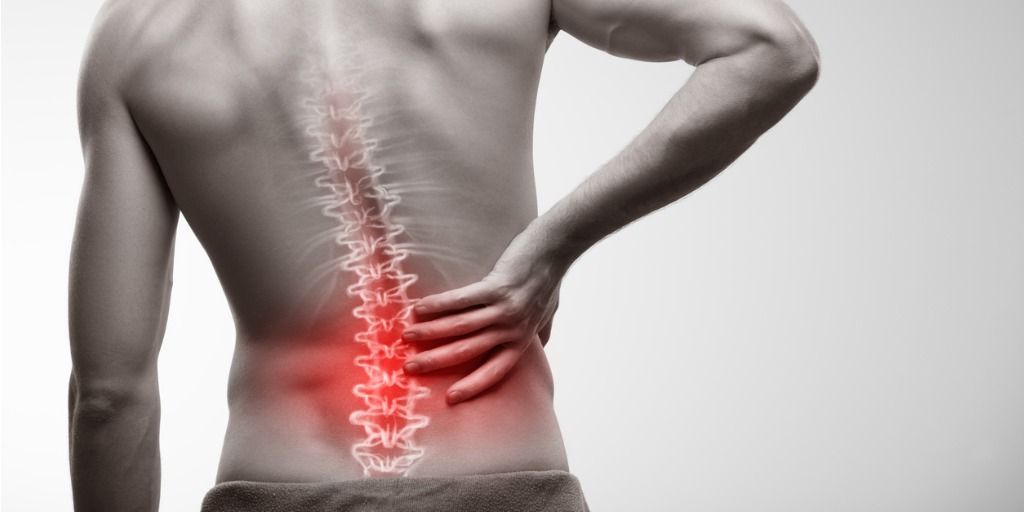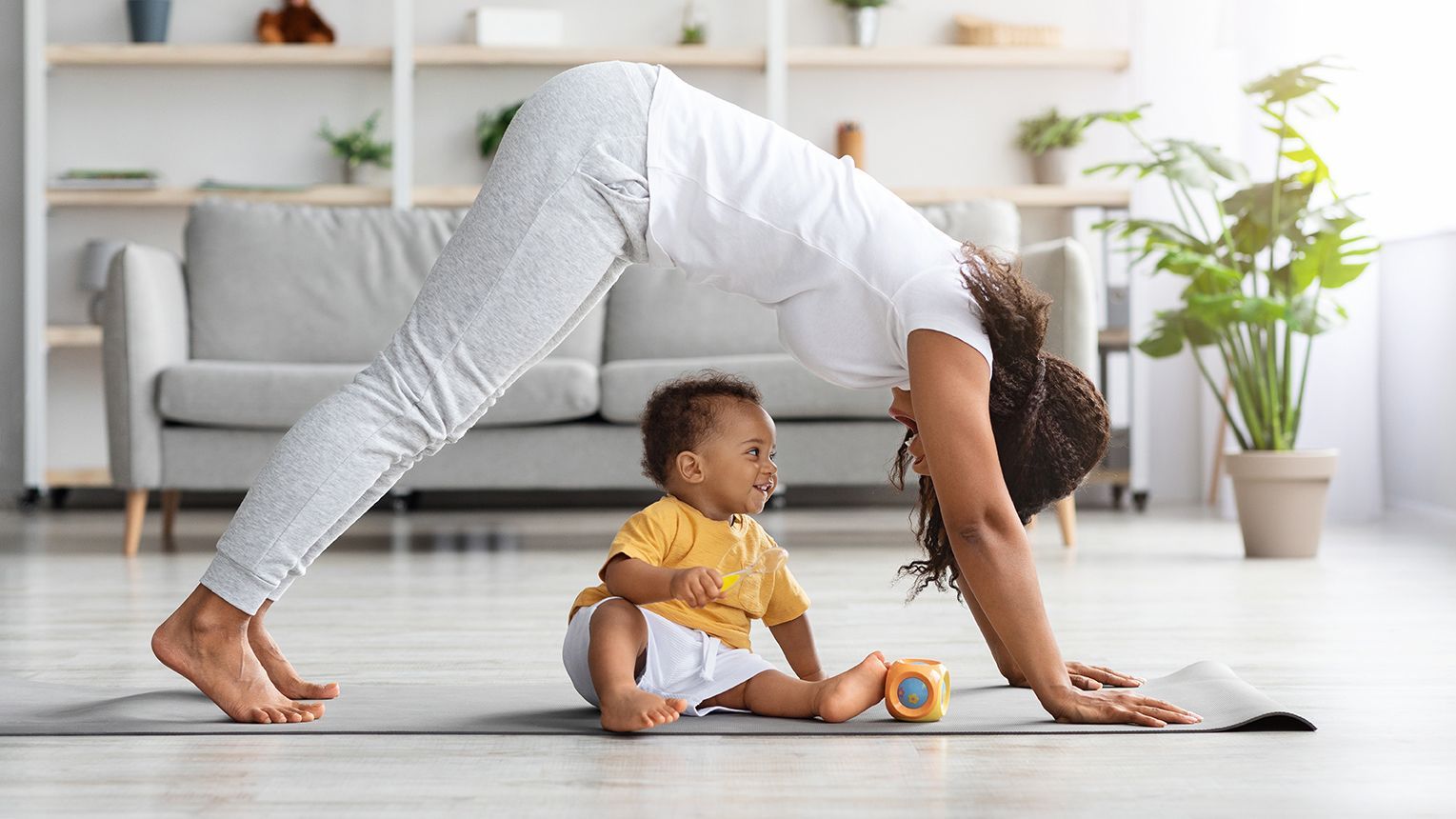Helpful ways to stick to your exercise routine.
When it comes to exercise, many individuals struggle to integrate exercise into their lives with 50% of people who start an exercise program dropping out within the first 6 months. It’s a wonder that this happens, as now days the benefits of exercise are widely known and there is no shortage of information out there that is available to spur anyone on to get started! So, what is the reason people drop out?
Well, there are several key reasons why with the common answer being, motivation, time, access to facilities or equipment, energy, workout partner, and self-efficacy. Nearly everyone has experienced these in some way, shape or form or another. Whether it’s running out of time at the end of the day, having a facility or park that is too far away or too expensive for a membership, or just being too tired to do so. These barriers can pop up day to day and vary from person to person making it hard to come up with one best way to help combat these.
Here are a few strategies to try out to help make exercise a regular part of your life:
- Creating a Pros and Cons table:
By listing out the pros and cons of engaging in exercise and the potential change in someone’s lifestyle, it can create motivation to continued engagement. Listing out the cons of not engaging and focusing on what may be potentially lose by not engaging in exercise can put into perspective the benefits. Listing out pros can also help form long and short-term goals of the program, providing motivation and a target to achieve to help with ongoing motivation to stay engaged.
- Self-monitoring:
Keeping track of activity keeps a record of what you have achieved! But don’t just record the number, benefits are also seen from recording activities, moods, and thoughts associated with exercise. This way it’s easy to identify reasons for not exercising and come up with work arounds to combat these as well. This can also be tied into goal setting and provide a target to reach, and achieving goals provides boosts of motivation and encourages continued adherence to exercise.
- Involving a friend or family member:
Social support has widely been known to help with behavioural change, whether that is a community club, partner, or friend to come and exercise with yourself. They can play an important role in providing encouragement to increase physical activity and to reinforce your adherence to the exercise program.
- Providing education on exercise:
Quite often individuals only know that exercise is good for you and that’s it. As experts in the field, we can often assume what we know is common knowledge to everyone else, which isn’t the case. Providing education on the benefits of exercise and the reasons for exercising assist with creating behaviour change in individuals by outlining the positives of exercise and boosting their self-efficacy, helping combat one of the key reasons for not engaging which is a lack of self-efficacy.
These different strategies can be used by anyone, and each one can be applied in a variety of ways to suit the individual, as one strategy may work better depending on the person. These are just some ways to help provide a boost to anyone who is trying to stick to exercise, as all have been shown to help overcome the common reasons for dropping off.
References:
- Dishman RK. Exercise adherence: Its impact on public health. Champaign: Human Kinetics Books; 1988.
- Ryan R, Frederick C, Lepes D, et al. Intrinsic motivation and exercise adherence. Int J Sport Psychol. 1997; 28:335–354.
- Linke SE, Gallo LC, Norman GJ. Attrition and adherence rates of sustained vs. intermittent exercise interventions. Ann Behav Med. 2011 Oct;42(2):197-209. doi: 10.1007/s12160-011-9279-8. PMID: 21604068; PMCID: PMC3181282.
- Dalle Grave R, Calugi S, Centis E, El Ghoch M, Marchesini G. Cognitive-behavioral strategies to increase the adherence to exercise in the management of obesity. J Obes. 2011; 2011:348293. doi: 10.1155/2011/348293. Epub 2010 Oct 28. PMID: 21052533; PMCID: PMC2968119.
Jaydn Simkin
Workers Compensation Specialist (AEP, ESSAM)
Exercise Rehabilitation Services – WA




